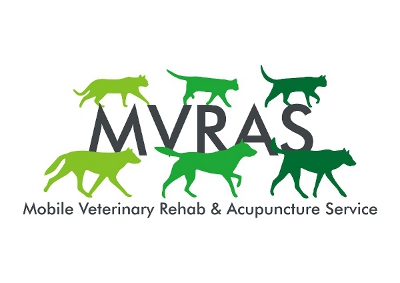
MVRAS information
Intervertebral disc disease
Intervertebral disc disease or IVDD refers to the discs of material that are found in most of the joints that make up the vertebral column that protects the spinal cord from injury. Each pair of vertebrae have an intervertebral disc between them. This disc acts like a shock absorber. The intervertebral discs are composed of two parts: the center which has a gelatinous consistency and the outer ring which is fibrous.These discs are vulnerable to degeneration. There are two types of disc degeneration. The first occurs when the gelatinous material inside the disc hardens and calcifies. This material can cause an opening in the fibrous band around it to be formed, allowing the calcified material to escape, and to be extruded up into the space surrounding the spinal cord. This is called a Hansen's type I disc extrusion. The other type of degeneration occurs when the intervertebral disc becomes fibrous throughout and can protrude up or out causing impingement on the spinal cord. This type of degeneration is called Hansen's type II disc protrusion. Many different breeds of dogs are affected by disc degeneration. The most common small breed dogs affected include dachshunds, beagles, Pekingese and cocker spaniels. Large breed dogs are also affected by disc degeneration including German Shepherd dogs, Doberman pinschers, Labrador retrievers and dalmatians. Many other breeds of dogs are affected as well as mixed breed dogs.
Physical rehabilitation has been used to help pets who are ambulatory in medically managing disc disease. Physical rehabilitation can also assist with helping to restore a pet's mobility after surgical repair. Acupuncture can also help with medical management of both pain and the effects of inflammation that occur with IVDD.
Pet Health Matters
contact:
drkelly@mvras.com All rights reserved © 2010-2023.